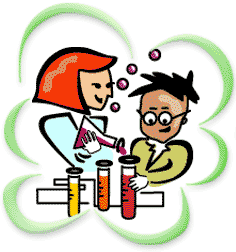
| Teaching strategies |
| ||| Home ||| ||| Semamitic Feature Analysis ||| Narrative Frame ||| Illustration Frame || Bibliography |||| V Chart ||| The Lotus Chart |||| Instructional Framework ||| ESOL Narrative Frame || |
 Students are diverse in all aspects of life including learning. Some are visual learners, kinetic learners, and or oral learners. It is important for a teacher to recognize the importance of various approaches to learning including teaching strategies.
Students are diverse in all aspects of life including learning. Some are visual learners, kinetic learners, and or oral learners. It is important for a teacher to recognize the importance of various approaches to learning including teaching strategies.
The Links above include some of the strategies that I myself have research and found useful. Some of the writing strategies include Narrative Frame strategy, V Chart, and Instructional framework. Still, others that include Marzano’s Topic – Restriction-Illustration Frame explores concepts of developing note taking and summery skills. The skill of note taking, summarizing, and vocabulary are especially important in science with due to the huge amount of content and the long and difficult vocabulary words. |
 One of the strategies that I considered the most helpful included the V chart strategy which guided students into the process of asking critical questions. Through the development of these questions students must further develop their reading, summarizing, note taking, and evaluation skills. The use of scientific inquiry will be imperative to their development as a future science student introducing them to concepts such as formulating a hypothesis, or accurately recording data, or following scientific procedures accurately.
One of the strategies that I considered the most helpful included the V chart strategy which guided students into the process of asking critical questions. Through the development of these questions students must further develop their reading, summarizing, note taking, and evaluation skills. The use of scientific inquiry will be imperative to their development as a future science student introducing them to concepts such as formulating a hypothesis, or accurately recording data, or following scientific procedures accurately.
Teaching Standards Description: SB1 Students will analyze the nature of the relationships between structures and functions in living cells. Elements: a. Explain the role of cell organelles for both prokaryotic and eukaryotic cells, including the cell membrane, in maintaining homeostasis and cell reproduction. b. Explain how enzymes function as catalysts. c. Identify the function of the four major macromolecules (i.e., carbohydrates, proteins, lipids, nucleic acids). d. Explain the impact of water on life processes (i.e., osmosis, diffusion). |
St